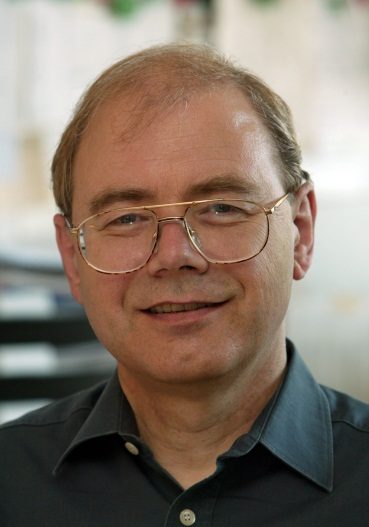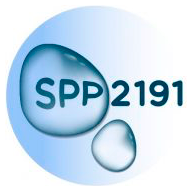The neuronal tau protein is involved in the regulation of the axonal microtubule skeleton in the brain. In neurodegenerative diseases such as Alzheimer’s disease (AD) and Frontotemporal dementia (FTD), tau becomes aberrantly phsophorylated, and aggregated tau accumulates in the neuronal soma. Phopshorylation is also involved in regulating tau’s binding to microtubules and other physiological functions. We and others recently found that tau can condensate into liquid phases and that this process is regulated by posttranslational modifications of tau: for example phosphorylation triggers, and acetylation inhibits tau LLPS. Furthermore, tau condensates can transition into aggregates with biological seeding potential, a process that could contribute to tau aggregation in the brain in the context of AD and tauopathies. In the framework of the SPP2191, we extend our previous findings and determine, which physiological and pathological conditions favor tau condensation and the transition into aggregation, both on the physicochemical and structural level in vitro as well as in the neuronal context using neuronal cultures and postmortem human brain tissue.
Current State of Research
Emerging data suggest that different kind of Tau condensates can exist and play a role in cells. In last year, we defined the physicochemical and structural differences and similarities of Tau protein condensates and coacervates in vitro, in order to understand their multiple faces in cell biology. Time-resolved DLS and SAXS experiments are in place to determine structural changes that occur in tau condensates over time. Currently, we are investigating i) the influence of PTMs important for Tau (patho)biology , such as phophorylation, on condensation of Tau both in vitro and in cells, and ii) determine the molecular composition and arrangement in Tau condensates in different contexts relevant for Tau biology and pathology.
About us
We are a multidisciplinary team that characterizes condensation processes of the neuronal Tau protein in vitro and in neurons. Our overall aim is to decipher the determinants that drive tau phase separation and the transition into aggregation, and to determine its relevance in neurobiology and tau-related proteinopathies.
In particular working on the project:
- Janine Hochmair
(PhD student @DZNE Berlin), - Christian Exner
(PhD student @Uni Hamburg) - Sven Falke
(Project leader @Uni Hamburg)

Christian Betzel
Institute of Biochemistry and Molecular Biology
In the Betzel Lab in Hamburg, state-of-the-art X-ray and light scattering techniques are used to describe structural transitions that occur in tau condensates; these studies aim to describe the liquid to gel to aggregate transition in tau condensates on the molecular and mesoscale level.
Laboratory for Structural Biology of Infection and Inflammation
c/o DESY, Build. 22a
Notkestr. 85
22603 Hamburg

Eckhard Mandelkow
The Mandelkow Lab in Bonn studies which protein domains are involved, how FTD-mutations influence tau LLPS, and if compounds can be identified or developed that stop pathological but not physiological tau condensation. In 2011 Eckhard Mandelkow joined the German Center for Neurodegenerative Diseases in Bonn (DZNE) as a Principal Investigator where his lab focusses on “Structural Principles of Neurodegeneration”.
German Center for Neurodegenerative Diseases (DZNE)
Venusberg Campus 1/99
53127 Bonn

Susanne Wegmann
German Center for Neurodegenerative Diseases (DZNE)
The Wegmann Lab in Berlin determines how physiological and pathological tau phosphorylation influences tau LLPS, which other cellular components are involved, and decsribes the effects on cellular processes and neuronal health.
c/o Charite Universitaetsmedizin Berlin
Chariteplatz 1
10117 Berlin

